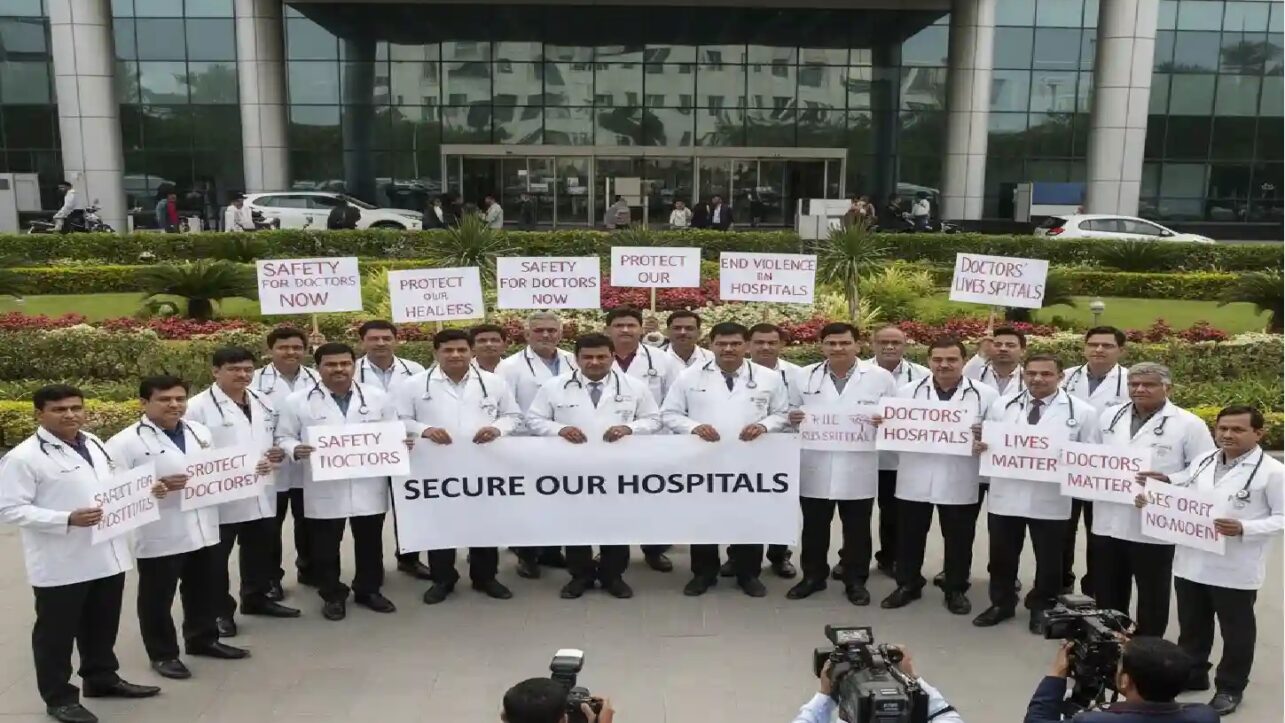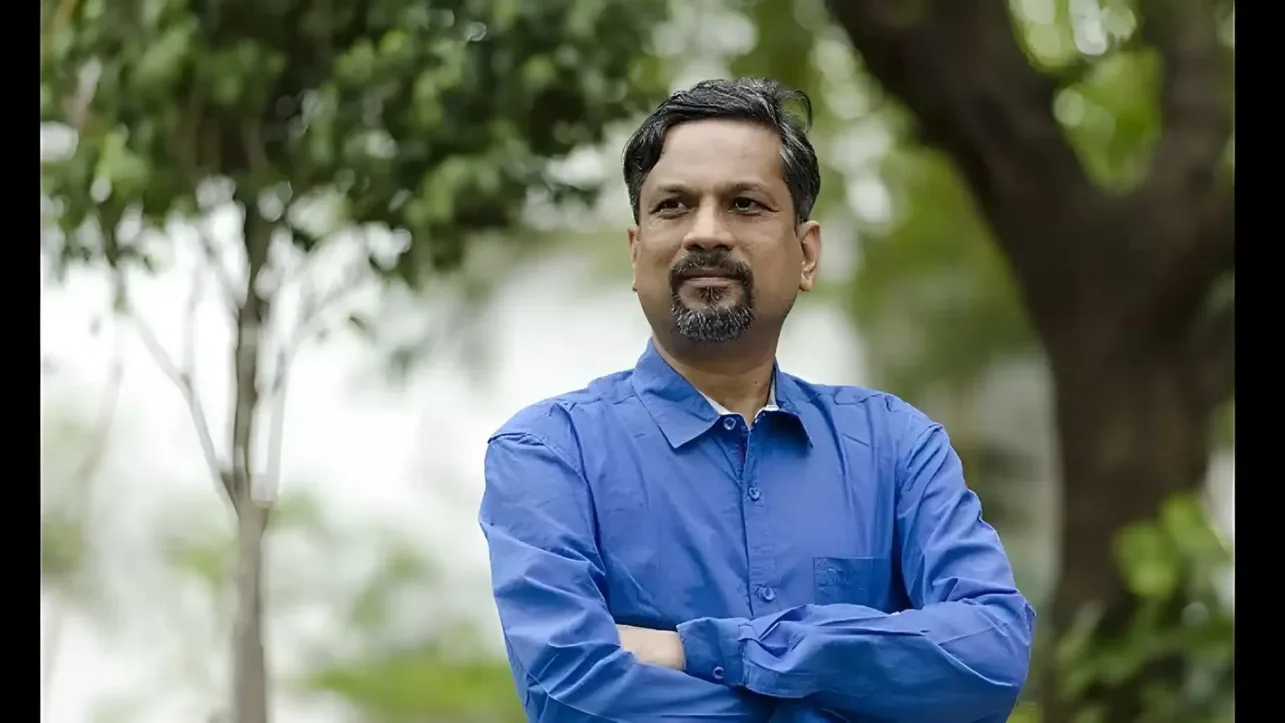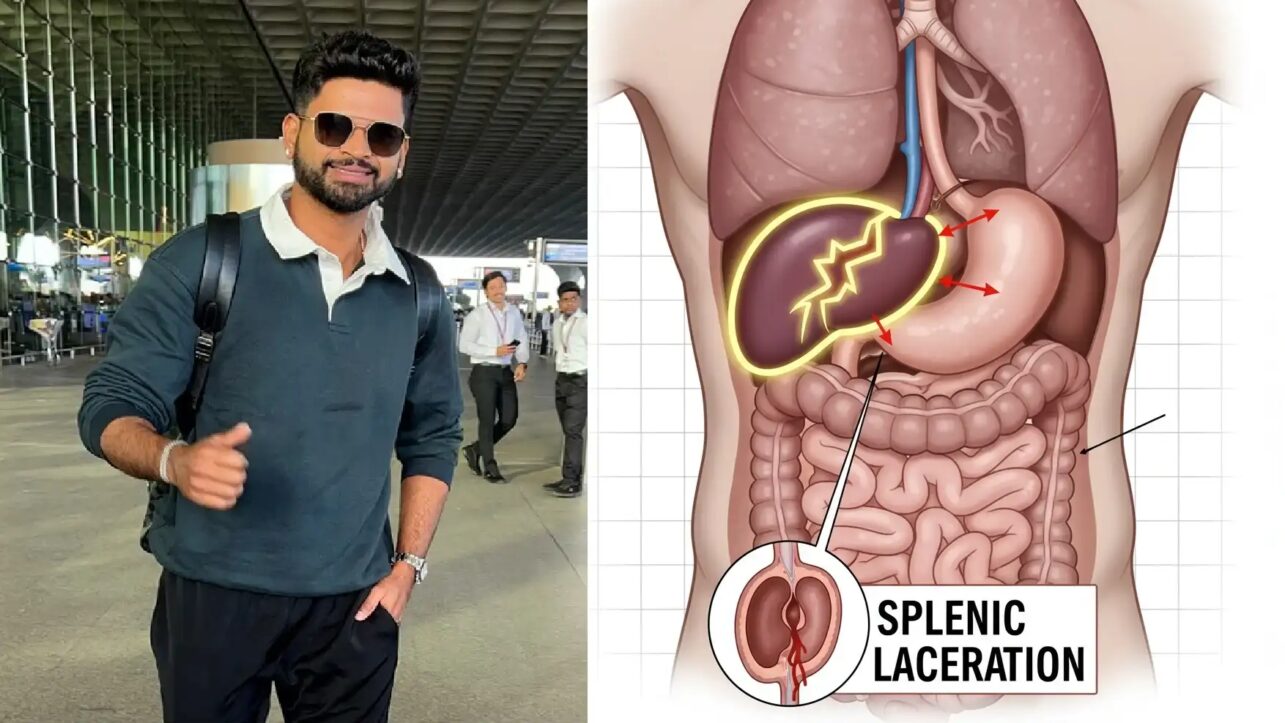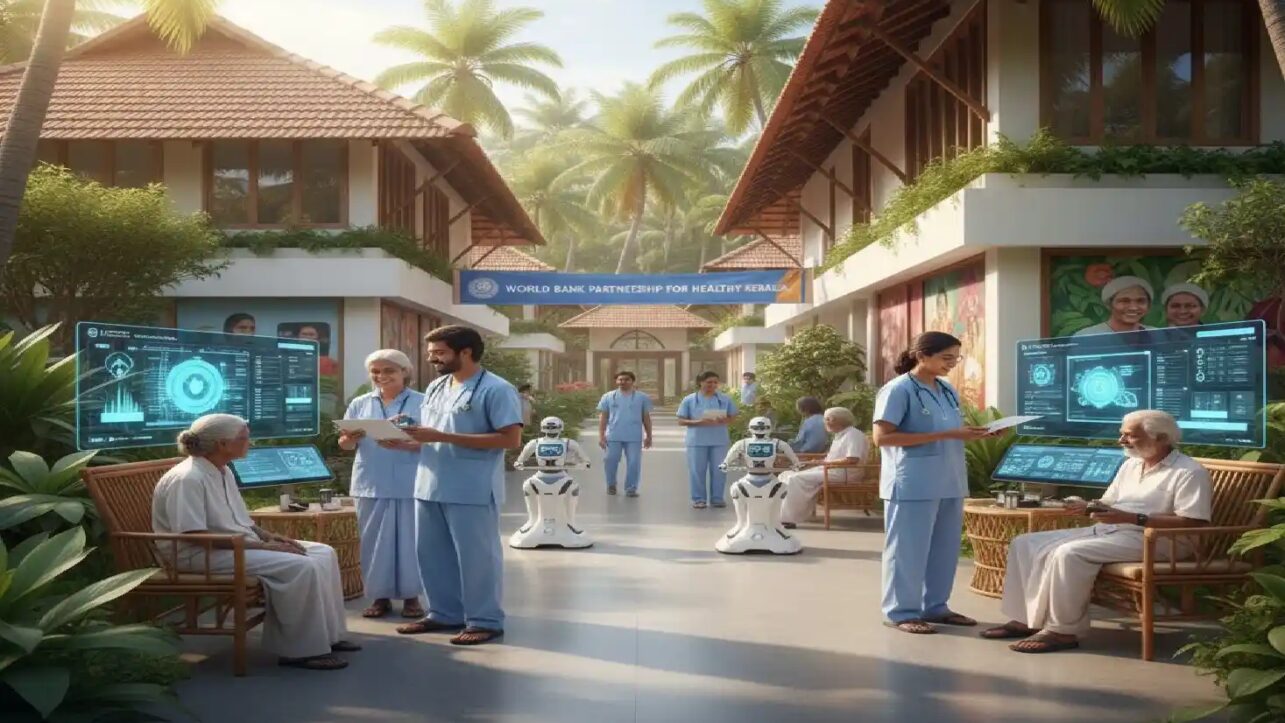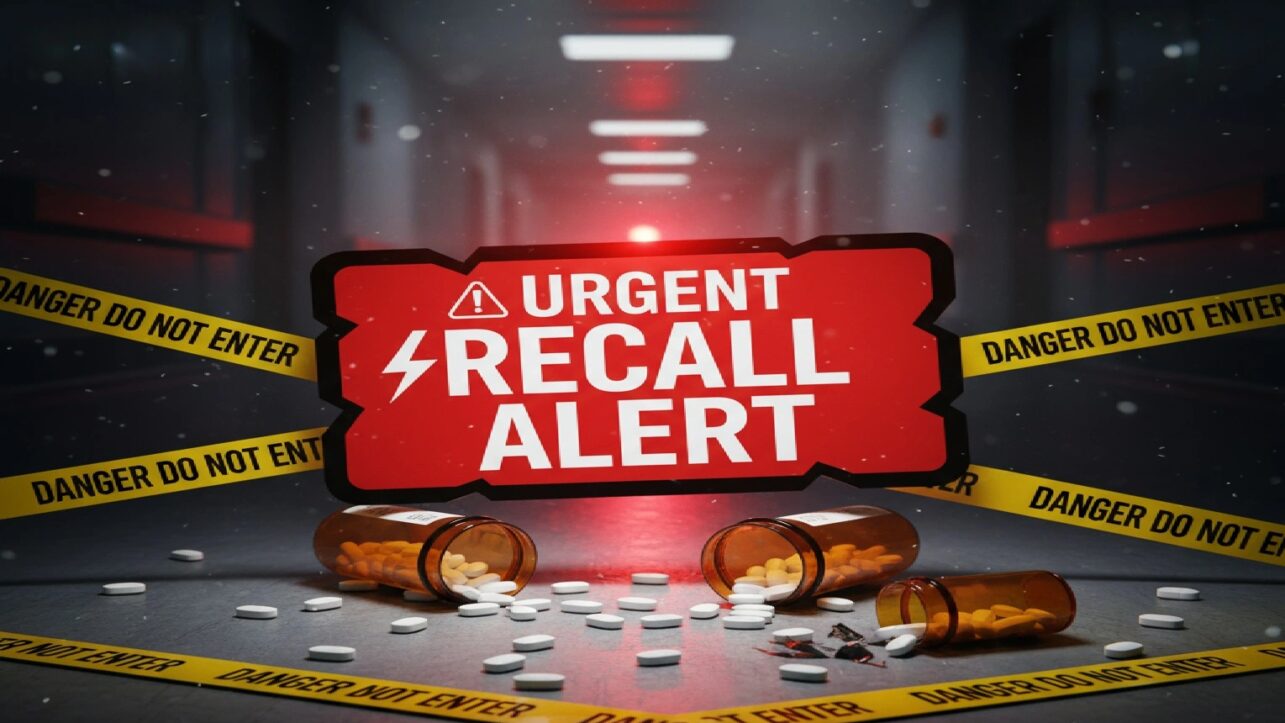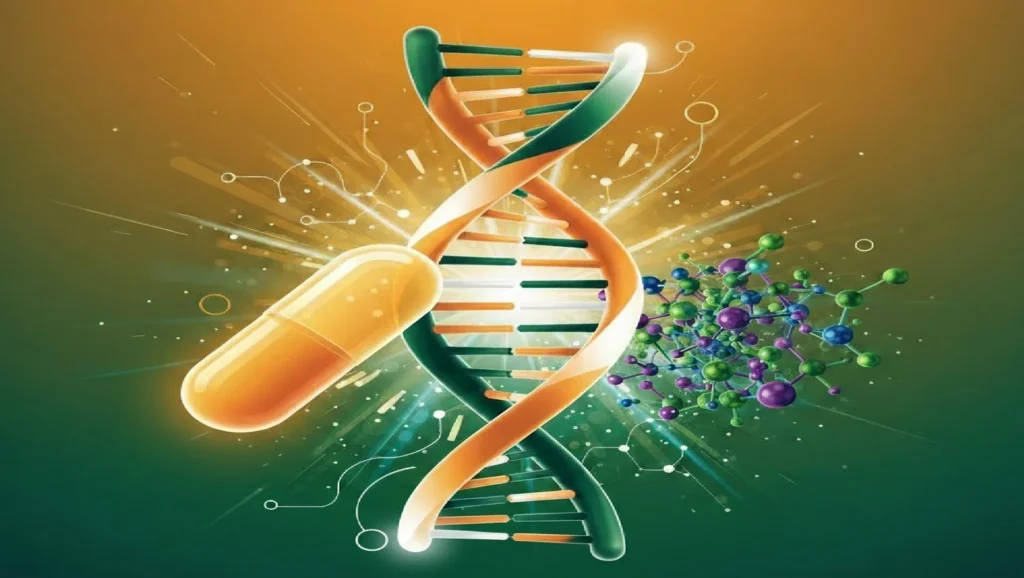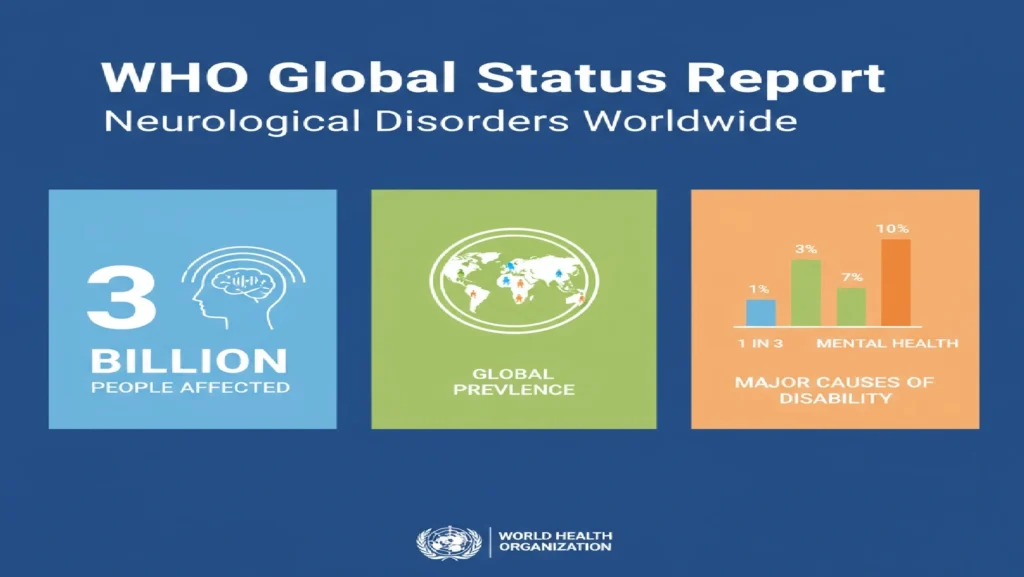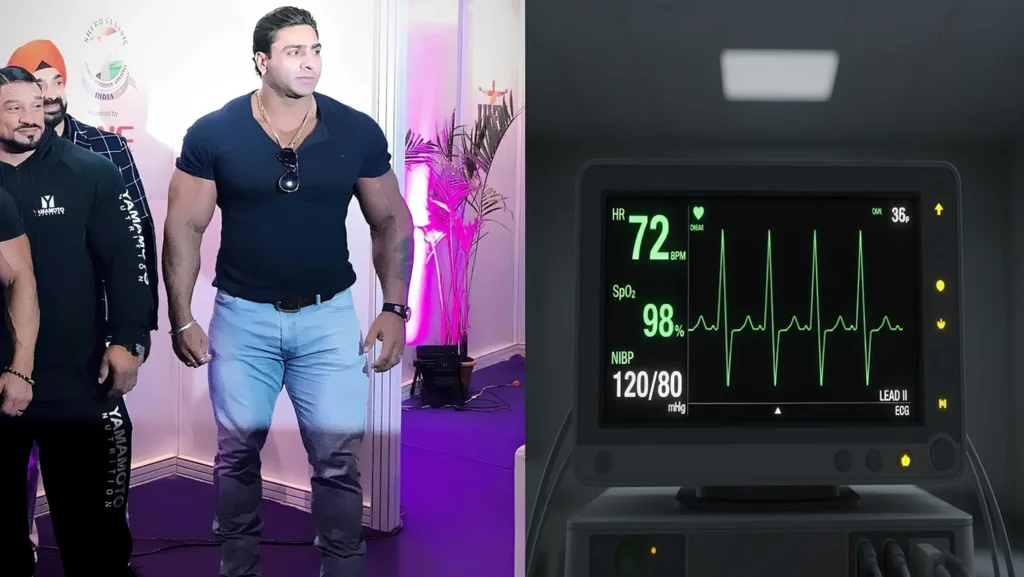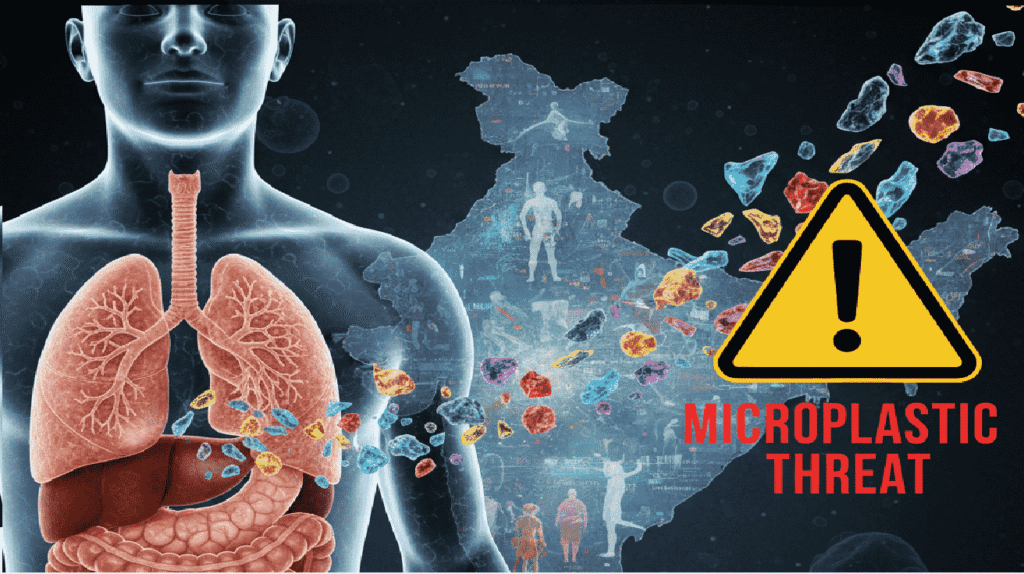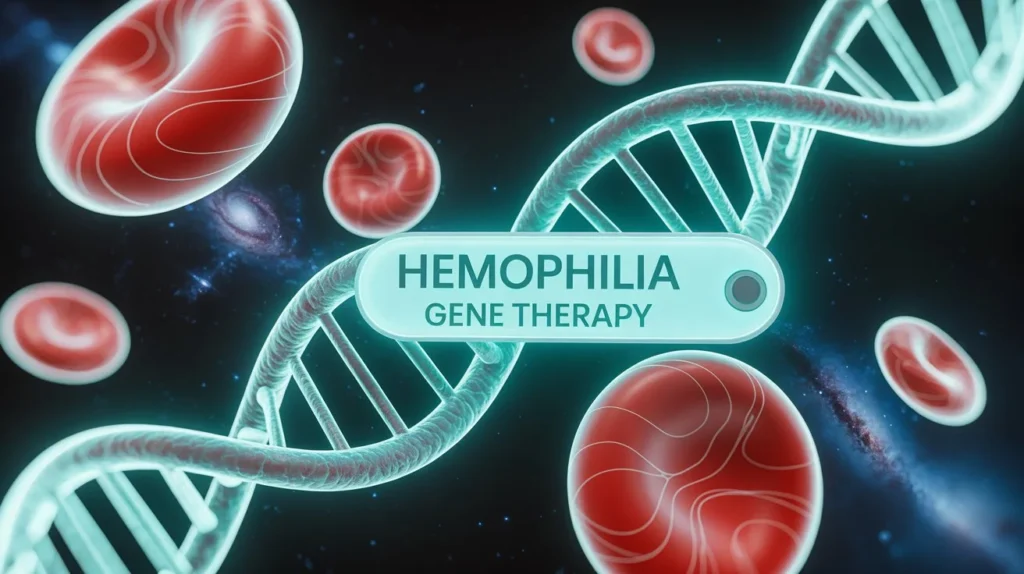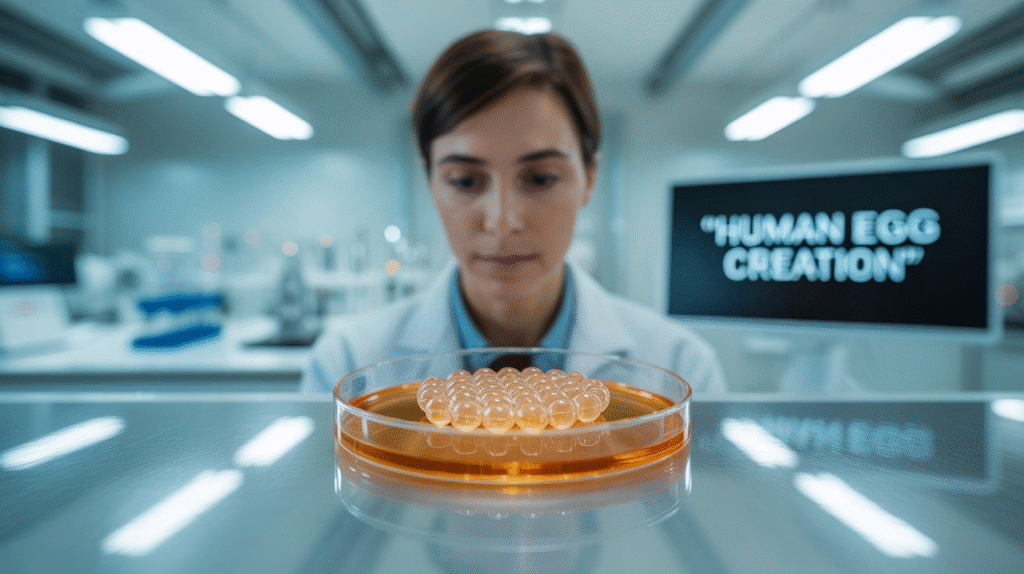A one-time gene therapy called AMT-130, developed by uniQure has, for the first time, shown a strong slowing of Huntington’s disease in people, with a reported 75% reduction in decline over three years in a small early-stage study, offering new hope to Indian families living with this inherited brain disorder. Experts call it a breakthrough but urge caution until full, peer‑reviewed data and regulatory reviews are complete.
What the study found
- In a Phase I/II trial, patients on a higher dose of AMT‑130 declined much more slowly than similar untreated patients tracked in natural‑history datasets, suggesting a 75% slowing on a standard composite score of movement, thinking, and daily function over 36 months.
- A brain injury marker in spinal fluid also trended better than expected, and safety so far appears manageable, though the dataset is small and uses matched external controls, not a classic placebo group.
How the therapy works
- The treatment delivers genetic instructions via a viral vector directly into brain regions affected by Huntington’s, prompting cells to produce microRNA that reduces the toxic huntingtin protein.
- It is a single, complex neurosurgical procedure that can take 12–18 hours, requiring advanced imaging, navigation, and specialized centers.
Why this matters for India
- While official estimates suggest 40,000 to 70,000 people in India have Huntington’s, experts believe the true number is significantly higher due to underreporting, frequent misdiagnosis as other neurodegenerative conditions, and limited access to genetic screening.
- A therapy that slows progression could shift families toward earlier genetic counseling and timely specialist referrals in metro tertiary centers.
- If approved abroad first, initial access would likely concentrate in high‑skill neurosurgical hubs, making capacity‑building, training, and logistics planning crucial for Indian hospitals.
Cost and access
- One‑time gene therapies are usually expensive due to manufacturing and surgical delivery, so affordable access in India would depend on payer negotiations, patient assistance, and rare‑disease policy support.
- Equitable rollout will require strengthening genetic counseling, testing pathways, and multidisciplinary care so families outside major cities are not left behind.
Background context: many trials underway
- A 2024 Protein & Cell review summarizes multiple gene and cell therapy strategies for Huntington’s—covering ASOs, RNAi, gene editing (CRISPR, base editors), and stem‑cell approaches—showing a broader pipeline beyond AMT‑130 that could benefit different patient groups over time.
- A 2025 clinical trials update catalogs registered and ongoing HD studies, useful for tracking new entries and potential sites in the coming year
What’s next
- Full peer‑reviewed results, broader cohorts, and regulatory decisions are expected in the coming year, with initial filings targeted in early 2026 internationally; uniQure’s program page will carry timeline updates (uniqure.com/programs-pipeline/huntingtons-disease).
- Indian stakeholders can monitor updates, prepare referral networks to advanced centers, and explore future participation in access or clinical programs as evidence matures.
Immediate steps for families and clinicians
- Seek certified genetic counseling and consider testing for at‑risk families while maintaining current multidisciplinary care for symptoms.
- Map referral pathways to neurosurgical and research centers capable of stereotactic delivery, and track official announcements for eligibility and access timelines; check the UniQure program page for official updates.



